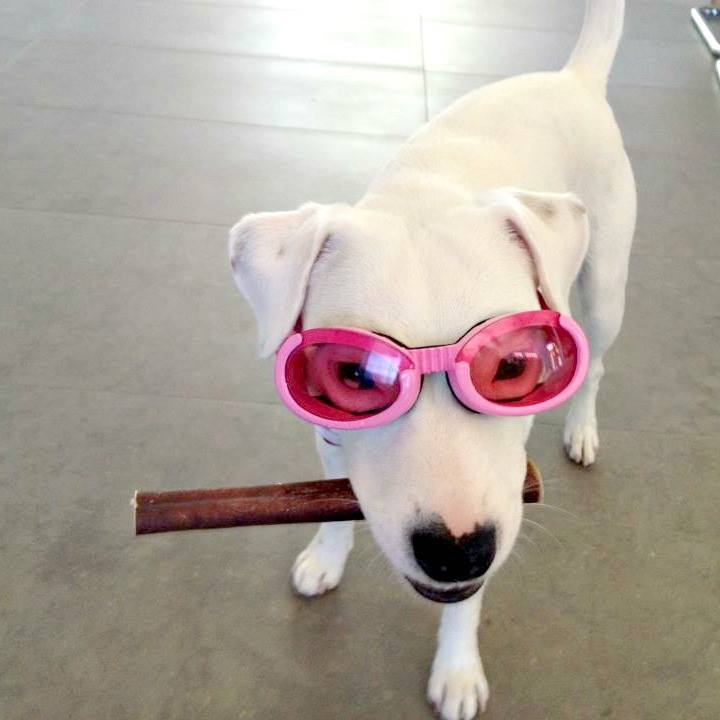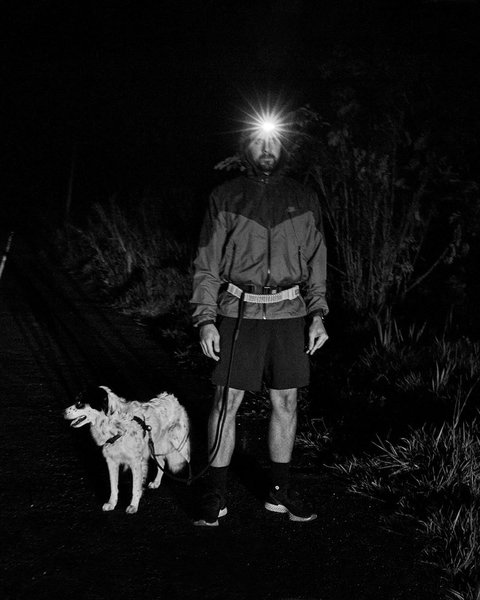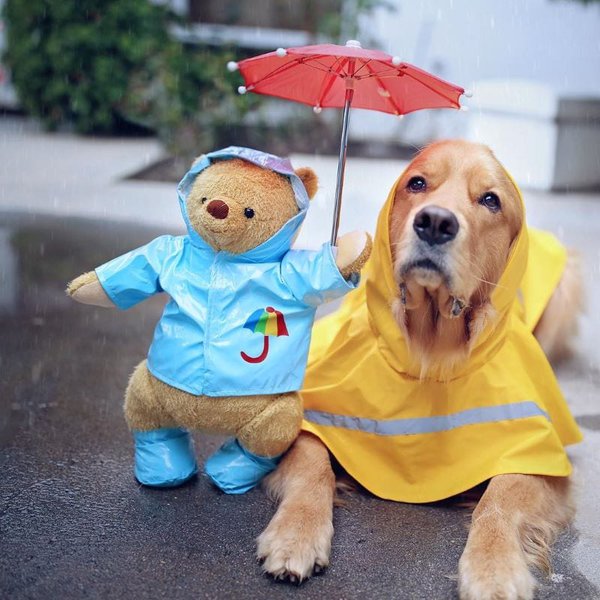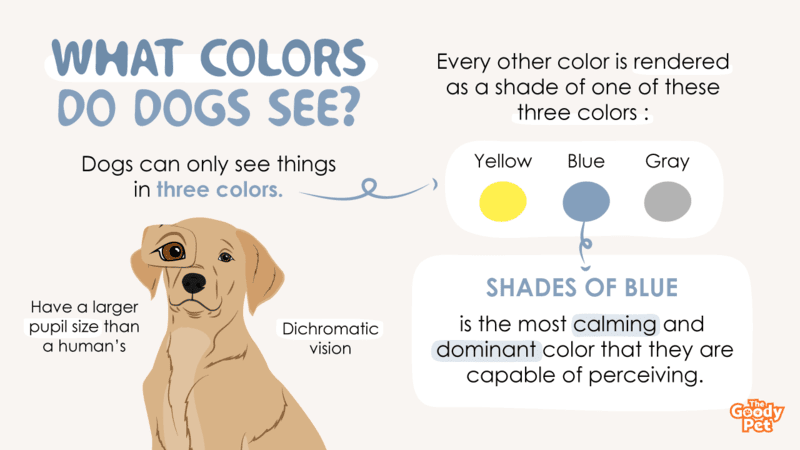Have you ever wondered whether dogs see the same way we see? Do they have the ability to distinguish colors as we do, or do they only see in black and white? If they can distinguish colors, do they see the same colors that we see?
What dogs see is a bit different from what we see. To dogs, things are not as colorful as they are to humans. This difference is brought about by the differences between the anatomy of the human eye and that of a dog’s eyes.
Being aware of how dogs see things is not just good for your knowledge, it can help you provide better care for your dog. For instance, if you know that dogs don’t see the color red, you’ll stop buying your Fido red toys because they are harder for your dog to see.
If you have always wanted to know what the world looks like through the eyes of your four-legged buddy, you have come to the right place. In this article, we will look at everything you need to know about a dog’s vision.
The article will cover how different colors appear to your dog, how dogs see in the dark, colors that are the most calming for your pooch, colors that dogs hate, and so on. To get started, let’s look at one of the most pertinent questions regarding vision in dogs – what colors do dogs see best?
What Colors Do Dogs See Best?
Dogs can only see things in three colors, namely blue, yellow and gray. Every other color is rendered in your dog’s eyes as a shade of one of these three colors.
What Does The World Look Like To A Dog?
The ability to see color depends on certain photoreceptor cells in the retina known as cones. The human eye normally has three kinds of cones – blue, green, and red cones. In contrast, a dog’s eye has only two kinds of cones – blue and yellow.
Due to the lack of red and green cones, dogs cannot distinguish reddish or greenish shades of color. Dogs see the same way as someone who has red-green color blindness. This means that everything you dog sees is either bluish, yellowish, white, or gray.
For instance, if you throw a red ball on a green lawn, you can easily see the ball because of the contrasting colors, but your dog will have a harder time seeing the ball because both the ball and the lawn have a yellowish color in your dog’s eyes. This limited perception of color in dogs is referred to as dichromatic vision.
What Color Is The Easiest For a Dog To See?
Due to their dichromatic vision, blue is the most dominant color in a dog’s eyes and the easiest for them to see. Dogs will also clearly see the color yellow.
While dogs will distinguish colors that are close to blue and yellow, they perceive all other colors as shades of brown, gray, or plain white.
Can Dogs See Green?
Since dogs don’t have green cones, they don’t have the ability to perceive the color green. However, this does not mean that your canine buddy will not see a green object.
They will visually detect the object, but instead of seeing its green colors, they will perceive the object as having a yellowish shade.
What Does Pink Look Like To Dogs?
The color pink is a result of diluting the color red, and since dogs don’t have cones that perceive the color red, they cannot see pink. Instead, your dog will see pink as a shade of gray.

What Color Do Dogs See In The Dark?

In the dark, dogs see things in different shades of gray, the same way you see things at twilight. The minimal light available does not allow a proper perception of color in both humans and dogs.
Can Dogs See In The Dark?
Yes. Dogs have much better vision in the dark compared to humans. Once again, this boils down to the differences between a human eye and a dog’s eye.
While the human eye contains more types of cones, which are responsible for the perception of light, a dog’s eye has a higher concentration of rods, the photoreceptor cells responsible for low-light vision. This gives dogs an advantage when it comes to seeing in low-light conditions.
In addition, dogs have a larger pupil that opens up significantly more than the human pupil. This allows a dog’s eye to let in more light than the human eye in low-light conditions, leading to better vision.
Finally, dogs’ eyes have a tissue known as the tapetum lucidum just behind their retina. This tissue acts as a mirror, reflecting light entering a dog’s eye back to the retina. This gives the retina another chance to perceive the light, leading to better vision in the dark.
The reflective nature of the tapetum lucidum is what gives a dog’s eye a glow when you shine a light on your dog in the dark. This happens because the tapetum is reflecting back the light.
Can Dogs Be Blind At Night?
Most dogs will have some level of vision at night, provided there is little ambient light in the environment. If your dog appears to be totally blind at night, there is a high chance that there is an eye condition behind their night blindness. This mostly happens in old age due to the degeneration of rods. However, it can also happen due to cataracts.
Do Dogs Need A Light On At Night?
Owing to their significantly better ability to see in the dark, it is not necessary to leave a light on for your dog at night. They’ll still be able to see and navigate around unless the darkness is pitch black.
What Is The Most Calming Color For Dogs?
The most calming color for dogs is blue, which is also the most dominant color that they are capable of perceiving.
Due to dogs’ monochrome vision, there aren’t a lot of options when it comes to calming down your dog using color. However, it has been observed that shades of blue are more soothing to dogs compared to shades of yellow or gray.
Therefore, whenever you suspect that your dog is feeling fearful or anxious, such as when they have been startled by a loud noise, or during a thunderstorm, try exposing them to the color blue, or give them a blue toy to play with.
Do Dogs Prefer Certain Colors?
While it appears that dogs show a preference for colors like blue and yellow, what is actually happening, in reality, is that these are the only colors dogs are capable of distinguishing properly. Therefore, they naturally gravitate toward these colors.

What Colors Do Dogs Hate?
There is no scientific proof that dogs hate certain colors and prefer other colors. The perception that dogs hate some colors stems from their inability to distinguish these colors.
For instance, if you toss a red ball and a yellow ball at your dog, there is a higher likelihood that the dog will run toward the yellow ball and ignore the red ball. They do this because the yellow ball is easier for them to see compared to the red ball.
To a human watching this behavior, it would appear that the dog hates the color red, but in reality, the dog is just going for the color that is easier for them to distinguish from the surroundings.
Why Do Dogs Hate The Color Blue?
Some people do claim that dogs hate the color blue. However, this is nothing more than a myth. Actually, blue has been proven to be a calming and soothing color for dogs.






